Introduction
In the vast realm of culinary arts, there exists a dish that transcends cultural boundaries and warms the soul with its rich, comforting flavors—lamb soup noodles. This hearty meal, found in various forms across Asia and the Middle East, combines the earthy, savory taste of lamb with the soothing warmth of broth and the satisfying chew of noodles. Whether enjoyed as a comforting winter dish or a festive celebration meal, lamb soup noodles encapsulate the essence of home-cooked goodness. This article delves into the art of making lamb soup noodles, providing a step-by-step guide that promises to delight your taste buds and satisfy your hunger.
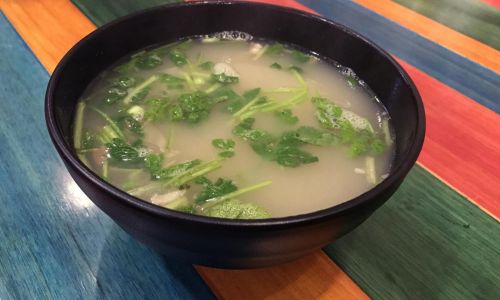
The Ingredients: A Symphony of Flavors
Before diving into the preparation, let’s assemble the ingredients that will form the backbone of our lamb soup noodles. The quality of each ingredient is crucial in achieving a balanced and harmonious dish.
- Lamb Bones and Meat: Opt for fresh lamb bones and meaty cuts like shank or shoulder for a rich, flavorful broth.
- Aromatics: Garlic, ginger, and onions are essential for adding depth and complexity to the broth.
- Spices: A blend of spices such as cumin, coriander seeds, star anise, cloves, and cinnamon sticks will infuse the broth with warmth and aroma.
- Vegetables: Carrots, celery, and leeks add sweetness and body to the soup.
- Noodles: Choose your preferred type of noodles—fresh egg noodles, udon, or even somen work well.
- Seasonings: Salt, pepper, and soy sauce (or fish sauce for a umami boost) to taste.
- Garnishes: Fresh herbs like parsley, cilantro, or scallions, along with a squeeze of lemon or lime juice, elevate the dish with freshness.
Step-by-Step Preparation: Crafting the Perfect Bowl
Step 1: Preparing the Lamb Bones and Meat
Begin by rinsing the lamb bones and meat under cold running water to remove any impurities. Place them in a large pot and cover with cold water. Bring to a boil over high heat. This process, known as blanching, helps to draw out blood and impurities, ensuring a clearer, cleaner broth. Once the water boils, skim off any foam or scum that rises to the surface. Discard this water and rinse the bones and meat under cold water again.
Step 2: Building the Broth Base
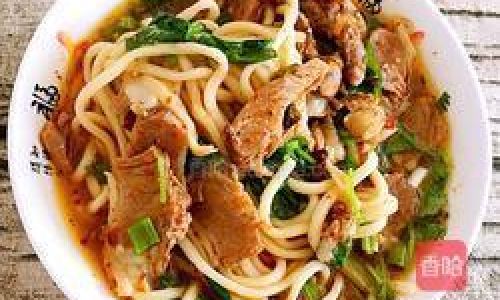
In the same large pot, add fresh water—enough to fully submerge the lamb bones and meat with some extra room for boiling. Bring this to a simmer. Meanwhile, prepare your aromatics and spices. Peel and roughly chop the garlic, ginger, and onions. Toast the cumin and coriander seeds lightly in a dry pan until fragrant, then crush them using a mortar and pestle or spice grinder. Add these, along with the star anise, cloves, and cinnamon sticks, to the pot.
Step 3: Adding Vegetables and Simmering
Peel and chop the carrots and celery into large chunks. Trim and slice the leeks, ensuring to wash them thoroughly to remove any dirt trapped between the layers. Add these vegetables to the pot. Reduce the heat to low and let the broth simmer gently. The key to a flavorful broth is patience; allow it to simmer slowly for at least 2-3 hours, skimming off any foam that rises to the surface periodically.
Step 4: Seasoning the Broth
After the broth has simmered for a sufficient amount of time, the meat should be tender and falling off the bone. Taste the broth and adjust the seasoning with salt, pepper, and a splash of soy sauce or fish sauce. Remember, the flavors should be balanced—not too salty, but rich and savory.
Step 5: Cooking the Noodles

While the broth is still simmering, prepare the noodles according to the package instructions. Fresh noodles generally cook quickly, while dried noodles may require more time. Once cooked, drain the noodles and rinse them under cold water to prevent overcooking and sticking. Set them aside until ready to serve.
Step 6: Preparing the Serving Bowl
Ladle a generous portion of the lamb broth into individual serving bowls. Use a slotted spoon to remove the lamb meat from the pot and shred or chop it into bite-sized pieces. Add a few pieces of lamb meat to each bowl. Place a nest of cooked noodles in the center.
Step 7: Garnishing and Serving
Finish the lamb soup noodles with freshly chopped herbs like parsley, cilantro, or scallions. A squeeze of lemon or lime juice adds a refreshing tang that contrasts beautifully with the rich broth. Optionally, you can also add a drizzle of chili oil or a sprinkle of toasted sesame seeds for added flavor and texture.
Serving Suggestions and Variations
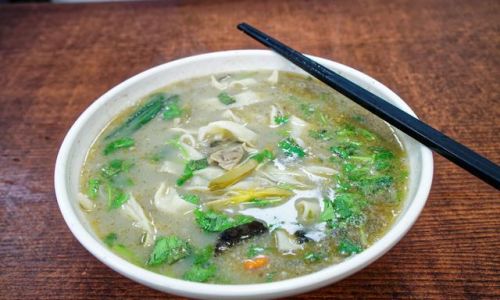
Lamb soup noodles are versatile and can be enjoyed in various ways. For a more substantial meal, serve it with a side of steamed vegetables or a simple green salad. For a vegetarian twist, omit the lamb and focus on creating a robust vegetable broth with additional umami-rich ingredients like miso paste or mushroom powder.
Conclusion: A Culinary Journey
Making lamb soup noodles is not merely a cooking process; it’s a culinary journey that takes you through the preparation of a dish steeped in tradition and flavor. Each ingredient plays a vital role, contributing to the final harmony of tastes and textures. As the broth simmers gently, it fills the kitchen with an inviting aroma that promises a meal filled with warmth and comfort. Whether you’re cooking for a family gathering or simply treating yourself, lamb soup noodles offer a satisfying, nourishing experience that leaves a lasting impression.
In the end, the art of making lamb soup noodles lies in the balance of flavors, the patience in simmering, and the love that goes into every step. With this guide, you’re equipped to create a dish that not only nourishes the body but also nourishes the soul. So, gather your ingredients, roll up your sleeves, and embark on a culinary adventure that promises to delight your taste buds and warm your heart.


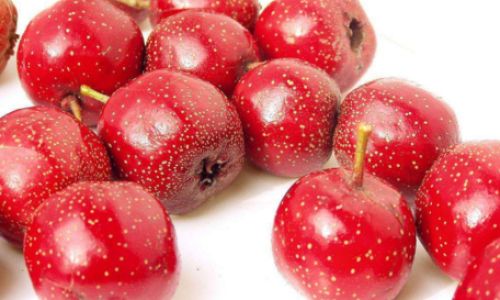
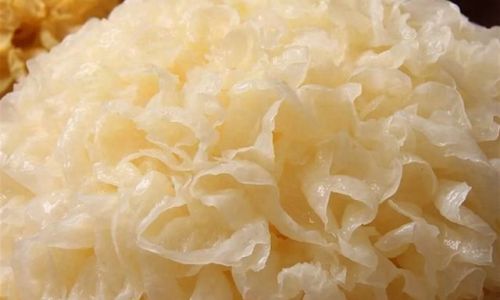

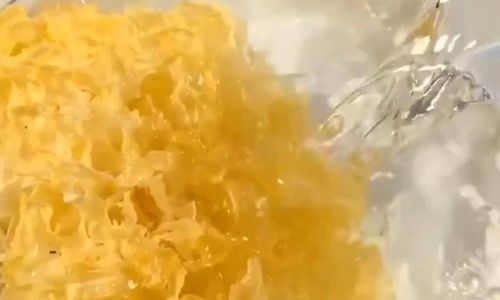
0 comments